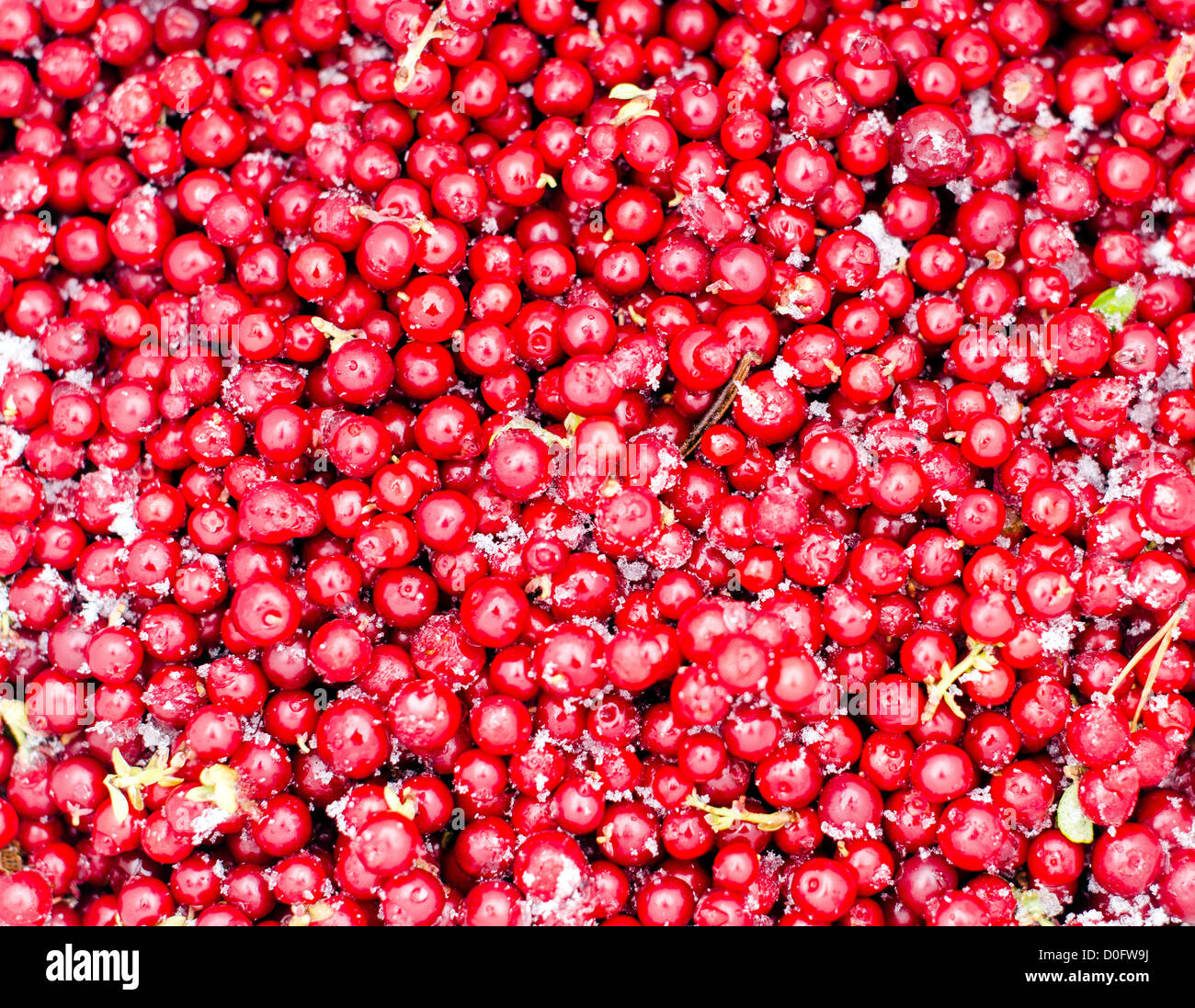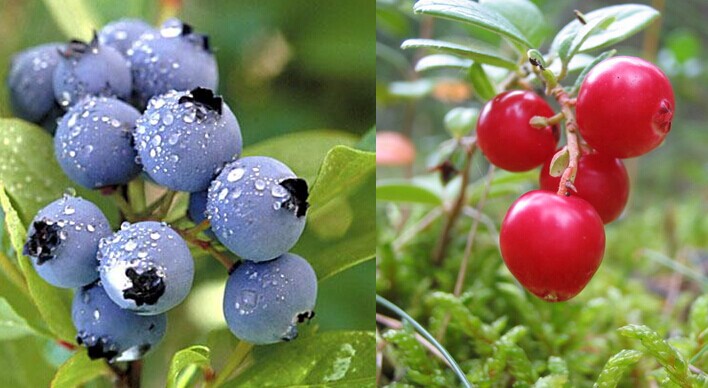

Fertilizer should be applied annually to maintain vigorous growth and an abundance of berries. Repeat the application in 30 days and then avoid fertilizing for the remainder of the season. To fertilize the bushes, apply a balanced fertilizer in either liquid or granular form as soon as the flower blooms appear in the spring. hree Very Popular Plants When Looking to Buy Indoor Plants Onlineįertilizing and Pruning, Growing Lingonberries.
#LINGON BERRIES HOW TO#

In most locations, average rainfall patterns will provide all the moisture that the plants need. However, after the initial planting, allow the soil to dry out completely in between watering. Plant each bush at least 12 inches apart so as not to crowd them once they are mature.Īfter planting, water the soil deeply just as you do with any new plant. Plant lingonberry bushes at the same depth as the plastic pot they are grown in at the nursery or garden center. Growing Lingonberries, Foxberry, Cowberry Planting Lingonberries In general, lingonberries do well near pine trees, rhododendrons, azaleas and blueberries which all thrive in acidic soil. Before planting, use a soil pH tester to ensure that the pH is at 5, which is slightly acidic. Although, if you are planting the bush only as an ornamental, it can also thrive in partial shade.
#LINGON BERRIES FULL#
Growing Lingonberry bushes require full sunlight to produce the best berries. For this reason, growing lingonberries shrubs can only be grown in USDA growing zones 4 through 7. Unfortunately, while the plants are cold tolerant, they are not heat tolerant. In addition to being grown for the edible berries, the shrub is a cold-hardy species that is often used as an ornamental in the home landscape. The Vaccinium vitis-idaea, which is native to North America and blooms in the spring, and the Vaccinium vitis which is native to Europe and Asia and blooms in spring and fall. Growing Lingonberries Growing Lingonberries, What Are Lingonberry Plants?Īccording to the University of Massachusetts Extension service, there are two varieties of lingonberry plants.

If you are considering planting one of these unique shrubs, here is everything you need to know about how to growing lingonberries. It is a close relative of the cranberry and also goes by the name Foxberry and Cowberry. The lingonberry shrub is an evergreen plant that produces small, red berries that are edible. Learn how to growing lingonberries, in your own landscape and harvest the edible fruit. The lingonberry bush is a little-known relative of the cranberry that thrives in cold northern climates. Fertilizing and Pruning, Growing Lingonberries.Growing Lingonberries, What Are Lingonberry Plants?.


 0 kommentar(er)
0 kommentar(er)
